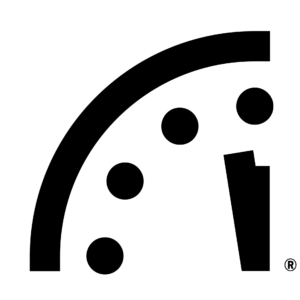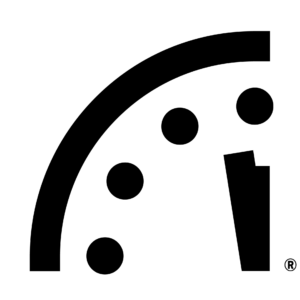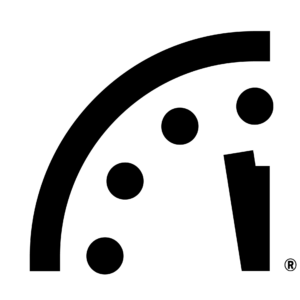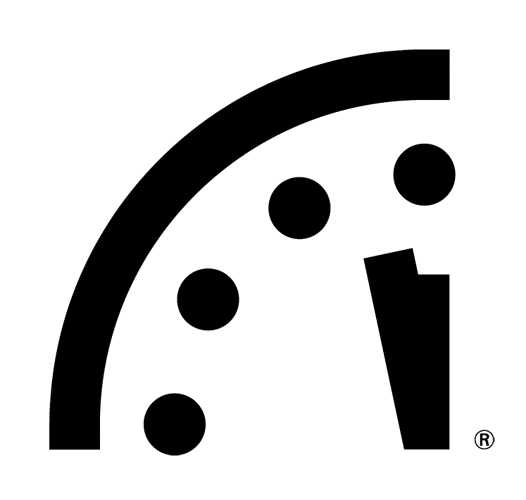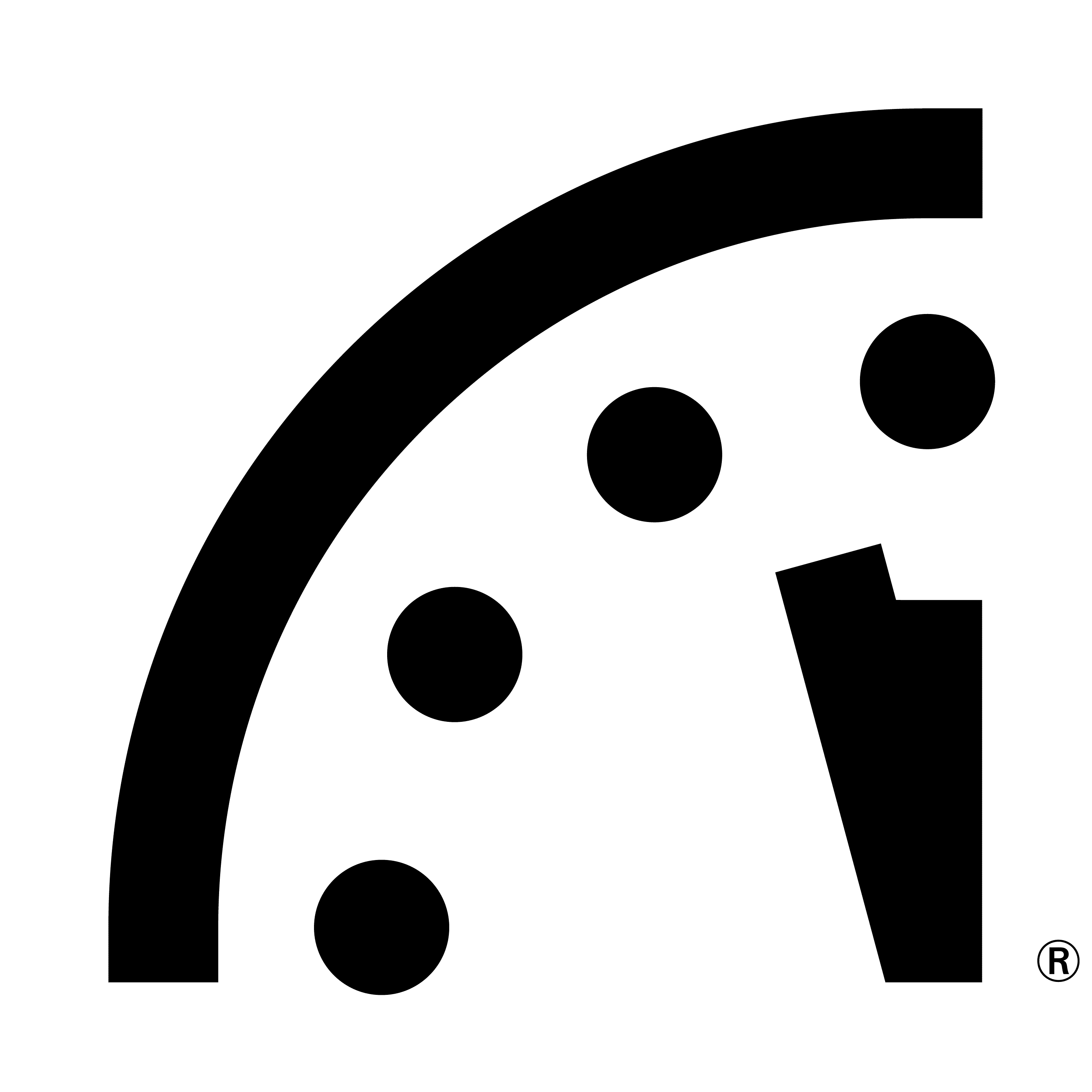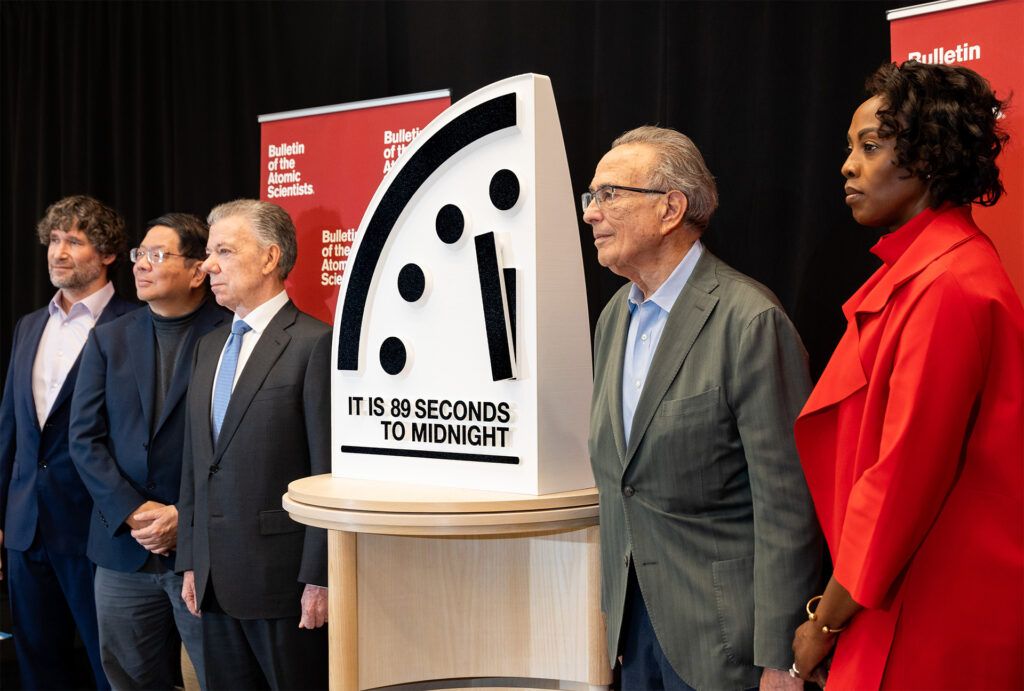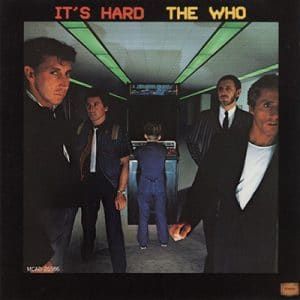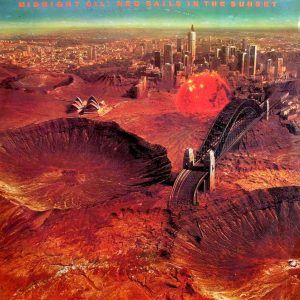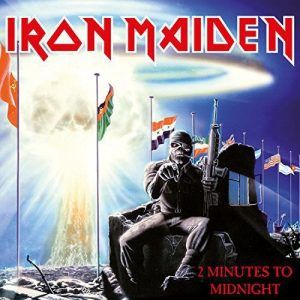It is now 89 seconds to midnight
Please note: Third-party cookies must be enabled for the embedded YouTube livestream to display above. You can also watch the announcement on YouTube.
2025 Doomsday Clock Announcement
January 28, 2025
In setting the Clock one second closer to midnight, the Science and Security Board sends a stark signal: Because the world is already perilously close to the precipice, a move of even a single second should be taken as an indication of extreme danger and an unmistakable warning that every second of delay in reversing course increases the probability of global disaster.
‘Doomsday Clock’ moves closer to midnight amid threats of climate change, nuclear war and pandemics
Doomsday Clock is now 89 seconds to midnight, what does that mean?
Doomsday Clock 2025: closest to midnight and ‘global catastrophe’
AI, wars and climate change mean it’s later than ever on the ‘Doomsday Clock’
Doomsday Clock closest it’s ever been to midnight amid climate, nuclear, AI threats
Doomsday Clock Moves One Second Closer to Catastrophe
Doomsday Clock set at 89 seconds to midnight, representing threat to human existence and the planet
The Doomsday Clock
‘Doomsday Clock’ Is Now The Closest It’s Ever Been To Midnight
Scientists Move Doomsday Clock Closer Than Ever to Midnight: ‘An Indication of Extreme Danger’
The Doomsday Clock Explained: What the Time Change Means for Humanity
Doomsday clock ticks one second, closest ever to midnight
Doomsday Clock moved closest ever to destruction
Doomsday Clock moves closer to midnight than ever before
Doomsday Clock 2025: What is the new time?
Doomsday Clock moves closer than ever to midnight over AI and lab leak fears
Doomsday Clock is now 89 seconds to midnight, the closest yet to catastrophe
The ‘Doomsday Clock’ Ticks Closer To Global Catastrophe—And AI Is Now A Primary Concern
‘Doomsday Clock’ Moves Closer to Midnight Amid Threats of Climate Change, Nuclear War, Pandemics, AI
Doomsday clock ticks one second, closest ever to midnight
Doomsday Clock moved closer to midnight: What is it and how does it work?
Atomic scientists push ‘Doomsday Clock’ to 89 seconds to midnight
‘Doomsday Clock’ moves closer to midnight amid threats of climate change, nuclear war, pandemics, AI
‘Doomsday Clock’ scientists say humanity is closer to peril than ever before
Atomic scientists adjust Doomsday Clock closer than ever to midnight
Atomic scientists adjust ‘Doomsday Clock’ closer than ever to midnight, citing global tensions, climate change
Doomsday clock closest to ‘midnight’ it has ever been
Doomsday Clock moves closest ever to apocalypse—at 89 seconds to midnight
Doomsday Clock now closer than ever to ‘midnight’: What does this mean?
The ‘Doomsday Clock’ just moved closer to midnight. Here’s why atomic scientists think humanity is closer than ever to destroying itself.
Doomsday Clock ticks one second closer to total apocalypse
Doomsday clock time changed to 89 seconds to midnight as world on brink of nuclear war
Doomsday Clock moves one second closer to midnight in latest Armageddon prediction
Doomsday Clock moves CLOSER to midnight in chilling warning that world is on brink of apocalypse amid WW3 & AI threats
Doomsday Clock ticks forwards to 89 seconds to midnight – the closest humans have ever been to annihilation
‘Sleepwalking into nuclear disaster’: The ‘Doomsday Clock’ ticks forward
The Doomsday Clock Moves Closer Than Ever to Midnight
Doomsday clock ticks closer to catastrophe in dire global warning
Doomsday Clock now closer than ever to midnight: ‘Probability of global disaster’
Doomsday Clock Ticks One Second, Closest Ever To Midnight
Doomsday clock set at 89 seconds to midnight, closest ever to “global catastrophe”
Doomsday Clock 2025: Scientists set new time
Atomic scientists adjust ‘Doomsday Clock’ closer than ever to midnight
Recent highlights
FAQ
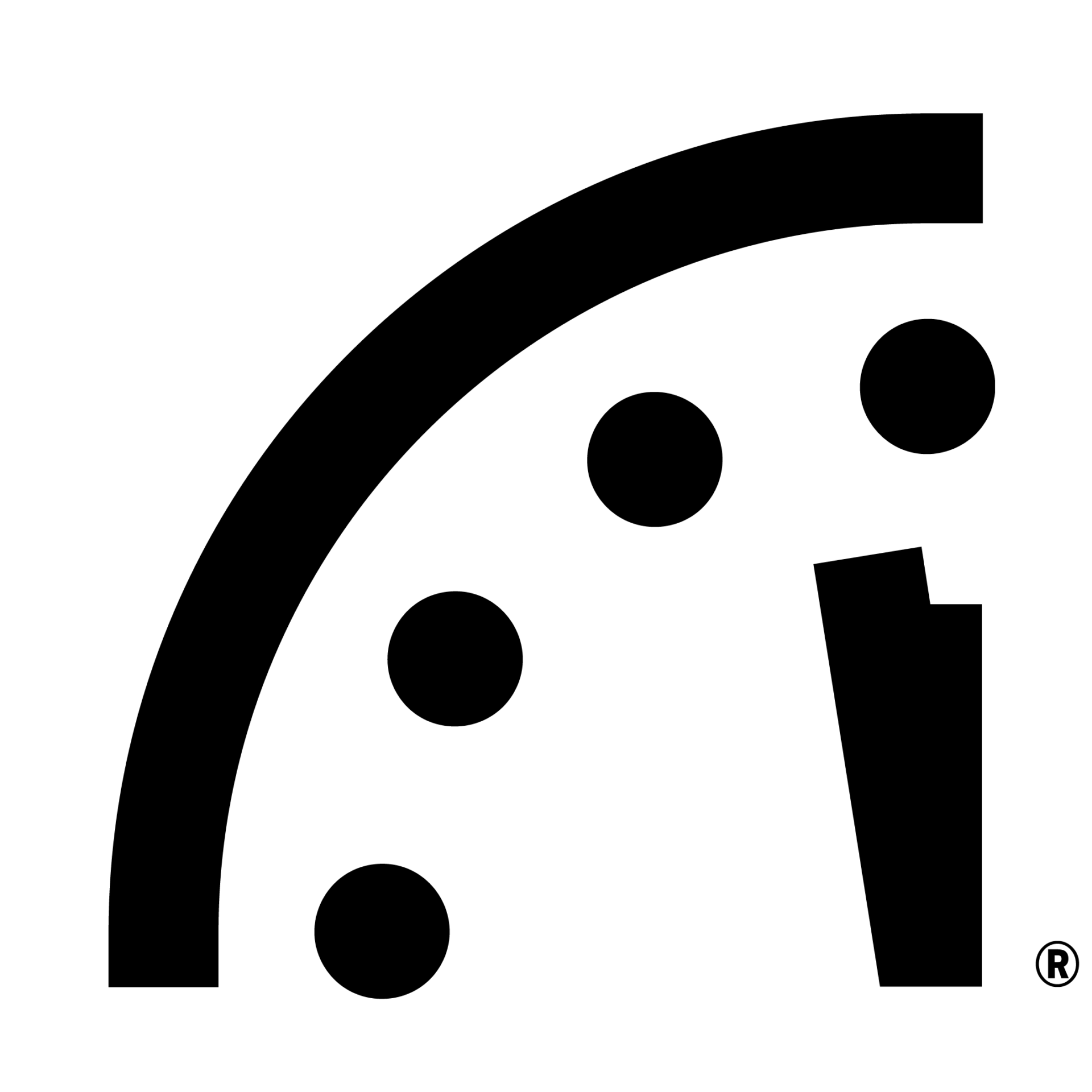
The Bulletin has reset the minute hand on the Doomsday Clock 26 times since its debut in 1947, most recently in 2025 when we moved it from 90 seconds to midnight to 89 seconds to midnight. Every time it is reset, we’re flooded with questions about the internationally recognized symbol. Here are answers to some of the most frequent queries.
The Doomsday Clock is a design that warns the public about how close we are to destroying our world with dangerous technologies of our own making. It is a metaphor, a reminder of the perils we must address if we are to survive on the planet.
When the Doomsday Clock was created in 1947, the greatest danger to humanity came from nuclear weapons, in particular from the prospect that the United States and the Soviet Union were headed for a nuclear arms race. The Bulletin considered possible catastrophic disruptions from climate change in its hand-setting deliberations for the first time in 2007.
The Doomsday Clock playlist
The Doomsday Clock Playlist is a collection of songs that mention or demonstrate direct inspiration from the Bulletin’s Doomsday Clock. You can also listen to most of the songs from the playlist on our Spotify account.
A direct line to the best thinking on existential threats
Sign up for the Bulletin's newsletter to get latest stories on nuclear risk, climate change, and disruptive technologies delivered straight to your inbox.
Expert coverage you won't find anywhere else
Subscribe to the Bulletin's digital magazine to get every issue we publish this year and access to over 75 years of authoritative reporting and analysis.
















































